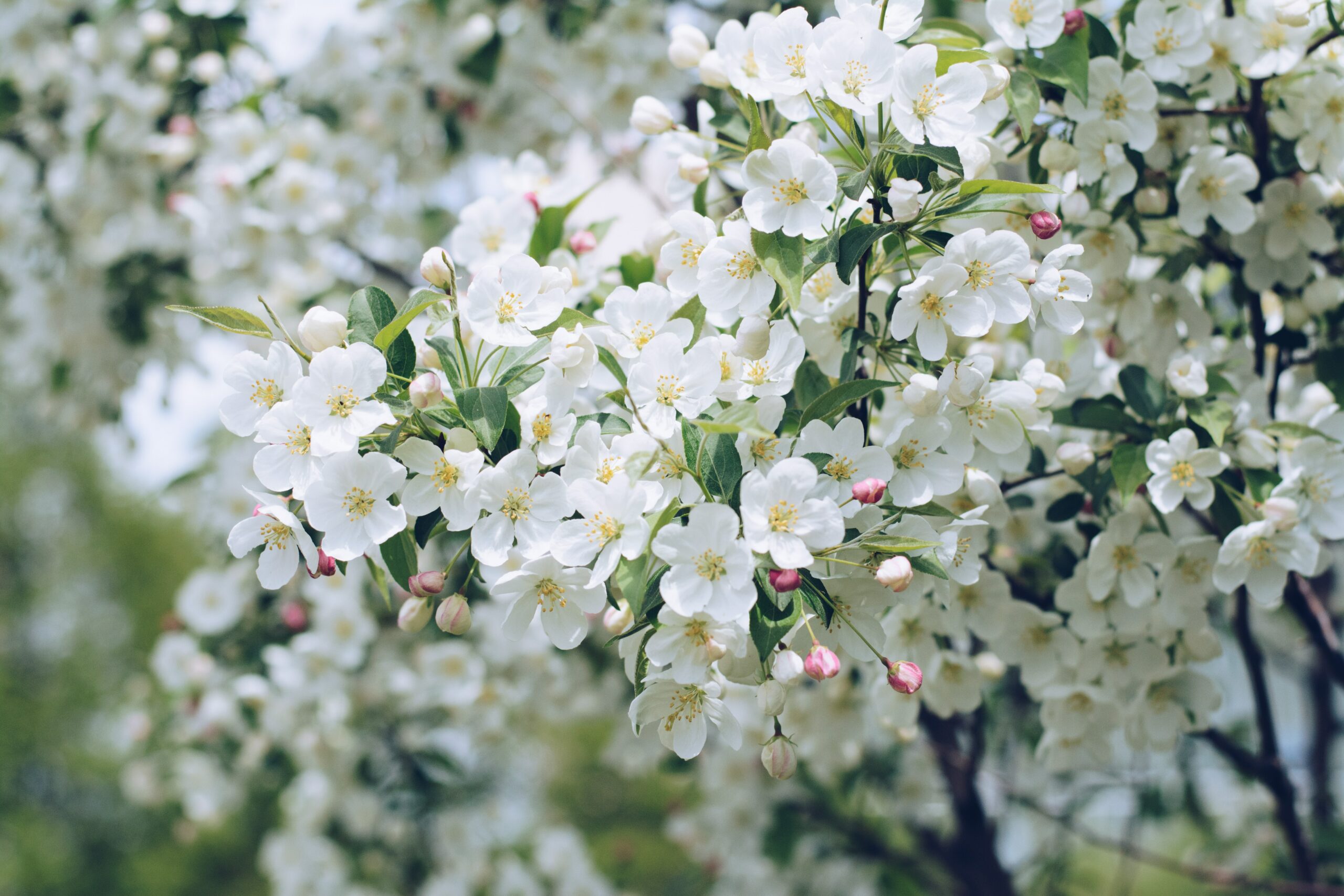The space held here for a practical and scholarly exploration is named ‘Critical Thriving’. The name sets out an aspiration. It sets out what I am endeavouring to contribute to in the contexts and situations in which I engage.
Healthy living systems
Those contexts I often understand to be living systems. There are contexts where that is not appropriate but often people are involved and the complexity that brings makes it relevant. Healthy living systems can be said to be thriving. What that means has been set out by, for example, Elisabet Sahtouris. She idenifies the following features of healthy living systems:
- Self-creation (autopoiesis);
- Complexity (diversity of parts);
- Embeddedness in larger holons and dependence on them (holarchy);
- Self-reflexivity (autognosis/self-knowledge);
- Self-regulation/maintenance (autonomics);
- Response ability to internal and external stress or other change;
- Input/output exchange of matter/energy/information with other holons;
- Transformation of matter/energy/information;
- Empowerment/employment of all component parts;
- Communications among all parts;
- Coordination of parts and functions;
- Balance of Interests negotiated among parts, whole, and embedding holarchy;
- Reciprocity of parts in mutual contribution and assistance;
- Efficiency balanced by Resilience;
- Conservation of what works well;
- Creative change of what does not work well.
Sahtouris, E. (2019). Main Features or Principles of Healthy Living Systems.
Chaminade MBA course 780-03, Fall 2015/Summer 2019.
Thriving
Starting to understand what makes living systems healthy means starting to explore the situations in which a living system can thrive. I am not the first to make this connection; for example, Anneloes Smitsman, in her PhD on Systems Change, has outlined as much (and more).
In the ways in which we engage with the world we, consciously or unconsciously, prioritise what we do, how we do it, with whom we do it, and so on. Important in that prioritision are the values we hold. Values (among other things) influence what it is that we like to see thrive. For example, I much prefer my local community based and sustainable food business to thrive than the local chapter of far-right activists.
Critical
This is why thriving needs to be qualified when applying this kind of thinking to the contexts in which I do most of my work. Critical is what qualifies this. Critical qualifies by stating that:
- Thriving is time critical;
- It references bottom up, hands on, DIY culture: like in critical making;
- Critical of the status quo (recognising that we live in times that call for transformational change – rather than tinkering around the edges);
- Critical as in critical pedagogy (approaches to human development that do not lead to standardisation of consciousness);
- Critical as in not pretending that all thriving is positive (to all).
This is a starting point; a start in exploring Critical Thriving
| Note: I am experimenting with different ways of making this line of work sustainable. If you like this work to continue beyond the short term please consider indicating your support. You can do so by commenting on this piece, by telling others about Critical Thriving, or by donating (no matter how small) to the project. | |
Featured image by Mario Garcia on Unsplash. Thank you!

